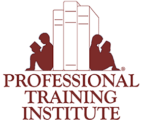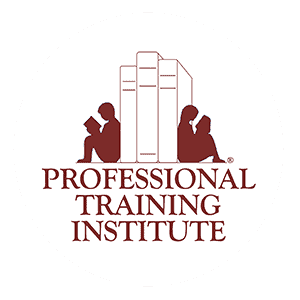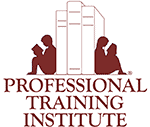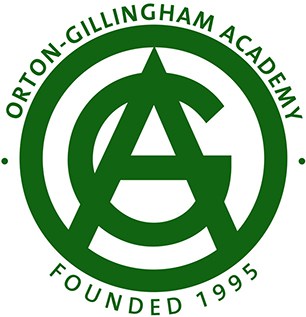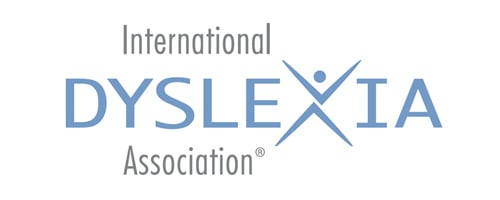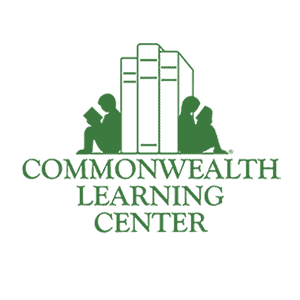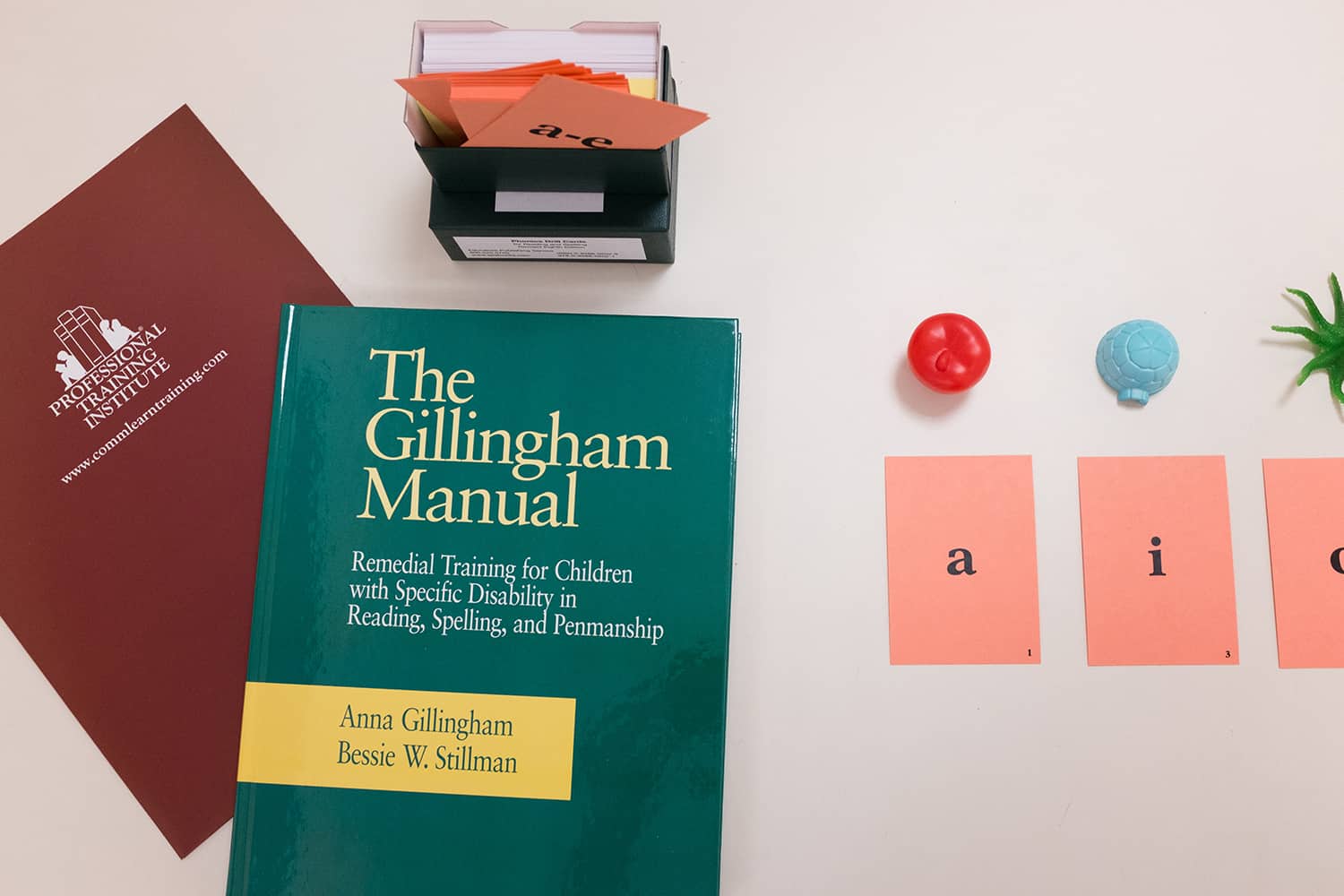
Orton-Gillingham is an instructional approach intended primarily for use with persons who have difficulty with reading, spelling, and writing associated with dyslexia. It is most properly understood and practiced as an approach, not a method, program, system, or technique. In the hands of a well-trained and experienced instructor, it is a powerful tool of exceptional breadth, depth, and flexibility.
The Orton-Gillingham Curriculum
The essential curricular content and instructional practices that characterize the Orton-Gillingham Approach are derived from two sources: first from a body of time-tested knowledge and practice that has been validated over the past 70 years, and second from scientific evidence about how people learn to read and write, why a significant number have difficulty in doing so, how having dyslexia makes achieving literacy skills more difficult, and which instructional practices are best suited for teaching such students to read and write.
Orton-Gillingham is a specialized literacy instruction approach that is designed to meet the needs of students with dyslexia and other language-based learning disabilities. It is typically used by teachers and literacy specialists who have been specifically trained in its implementation with a supervised practicum. The Orton-Gillingham approach emphasizes explicit, multisensory, systematic instruction in the structure of language, including phonemic awareness, phonics, and morphology.
Who Were Orton and Gillingham?
Excerpt from the Orton-Gillingham Academy.
The approach is so named because of the foundational and seminal contributions of Samuel T. Orton and Anna Gillingham. Samuel Torrey Orton (1879-1948) was a neuropsychiatrist and pathologist. He was a pioneer in focusing attention on reading failure and related language processing difficulties. He brought together scientific information and principles of remediation. As early as 1925, he had identified the syndrome of dyslexia as an educational problem. Anna Gillingham (1878-1963) was a gifted educator and psychologist with a superb mastery of the language. Encouraged by Dr. Orton, she compiled and published instructional materials as early as the 1930s which provided the foundation for student instruction and teacher training in what became known as the Orton-Gillingham Approach.
The Orton-Gillingham Approach is most often associated with a one-on-one teacher-student instructional model. Its use in small group instruction is becoming more commonplace in public school settings.
Orton-Gillingham Training in The Professional Training Institute
The Professional Training Institute is pleased to offer Orton Gillingham trainings that meet the rigorous standards of the Orton Gillingham Academy.
- We offer Classroom Educator training and the subsequent small-group practicum.
- We offer Associate Level (Level 1) training and the subsequent Associate Level 1:1 practicum and seminars.
- We offer Certified Level (Level 2) as a 2-year training program and practicum.
Summary
The Professional Training Institute offers Orton-Gillingham training that meets the rigorous standards of the Orton-Gillingham Academy. This approach is an effective way to help students with dyslexia and other language-based learning disabilities to achieve success in reading and writing.
More Useful Resources
Frequently Asked Questions
Orton Gillingham Trainings in Massachusetts
Practicum and Fieldwork
Certified Level Training
Orton Gillingham Certification
